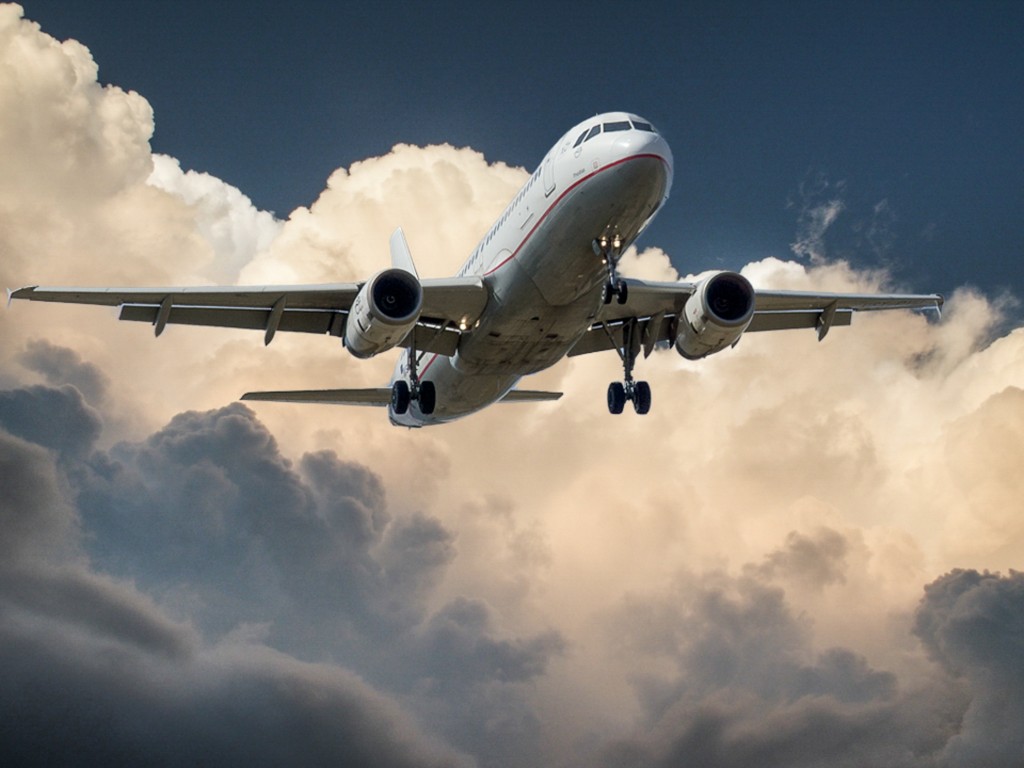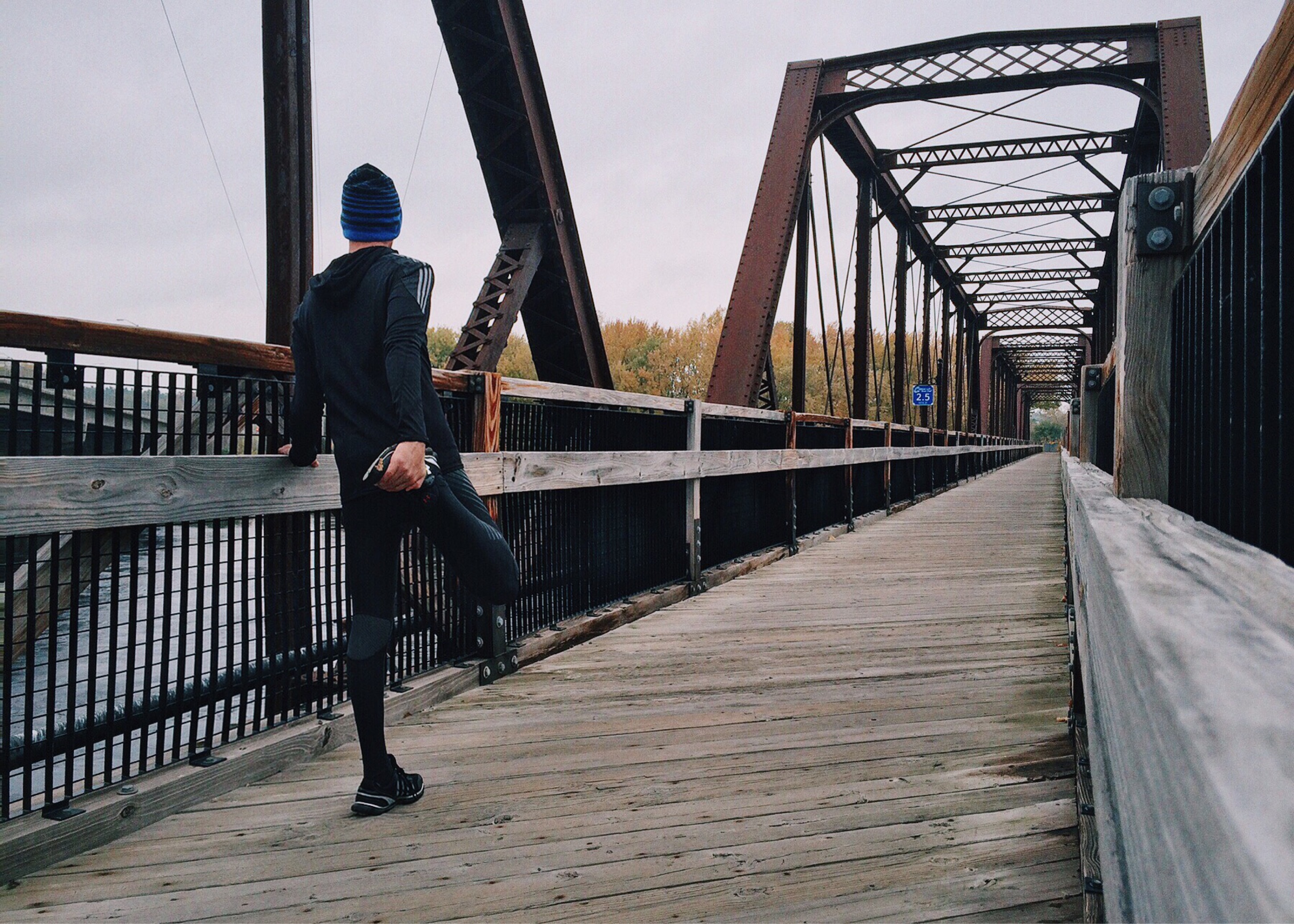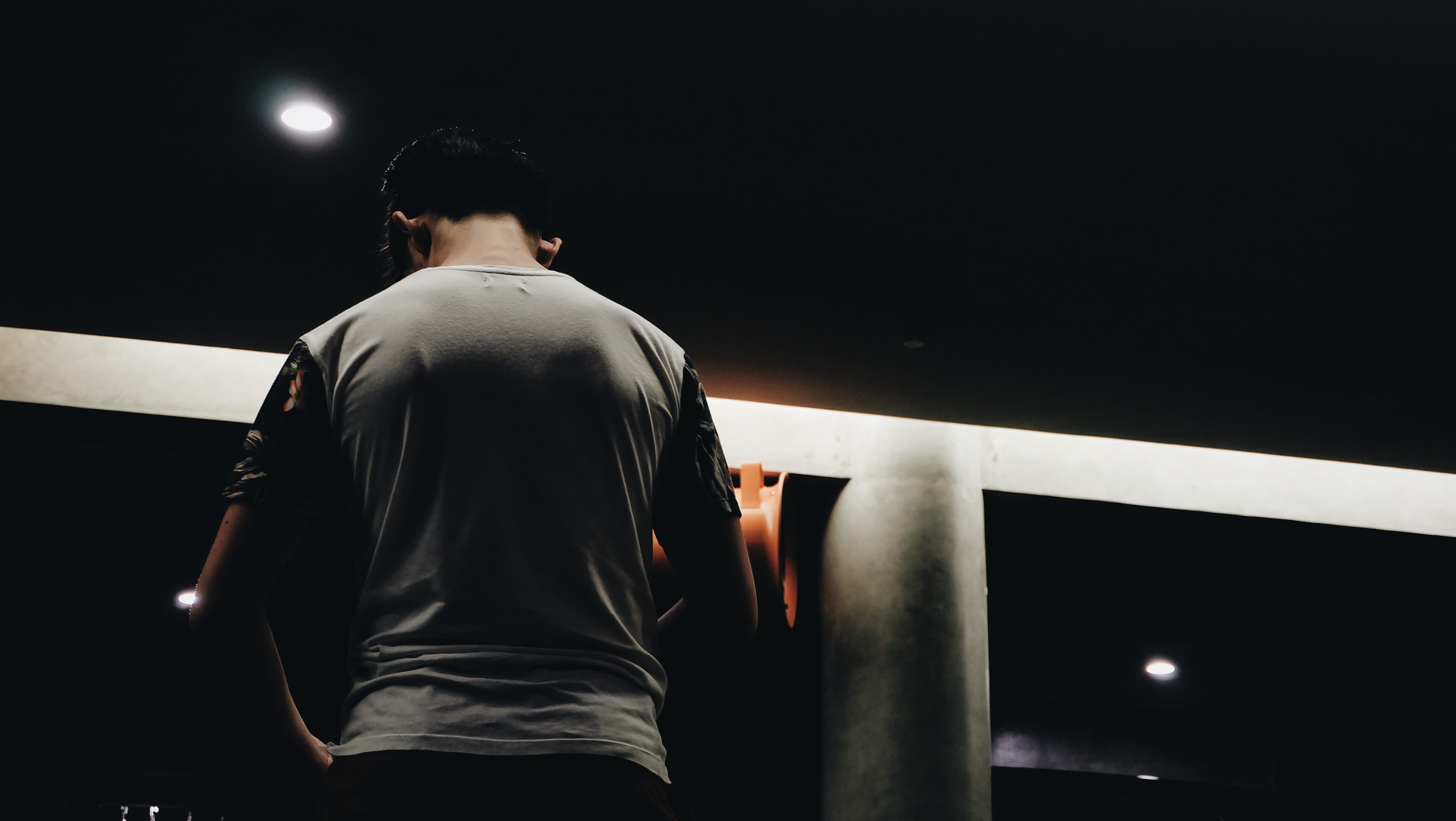
Traveling by airplane is often not the most fun or easy way to travel, but flying with back pain can cause added stress. The seats in airplanes are not always the most comfortable or supportive. Unless you are in first class, most likely you will find the seats smaller and uncomfortable with minimal leg or elbow room. The seats do not recline as far as you’d like and the headrest seems to push your neck forward. Sitting still for an extended period of time can aggravate painful areas. However, sometimes flights are unavoidable. Remember these tips to help reduce and avoid back pain next time you are flying.
Move Around
The spine is designed to move. Sitting in the same position for a prolonged period of time stiffens the back muscles which can cause a great deal of stress on your lower back. If you can, get up and walk around for five minutes every hour to minimize stress. Movement stimulates blood flow and blood brings important nutrients and oxygen to the structures of your back. This helps prevent soft tissues in the back from stiffening and aching after sitting for prolonged periods of time. If there is confusion as to why you keep getting up, bring a doctor’s note and alert the crew prior to the flight about your back. It is also helpful to make your way to the back of the plane to minimize disruptions. While seated, try not to stay too idle. Stretch your calves periodically but pointing your toes up, and stretch your buttock muscles by bringing your knees to your chest. This not only prevents muscles spasms but also reduces the risk of developing blood clots, a common concern with long flights.
Schedule
Prior to booking, contact the airline and let them know of your back pain. They may be able to give insight as to which flights are less crowded. Generally, flights that arrive between 6 and 7 a.m., and 1 and 2 p.m, are less likely to be full.Additionally, if there is no one next to you, it is easier to move and stretch while remaining in a sitting position. It is also easier to change sitting positions and to retrieve your belongings from under the seat in front of you without twisting or straining your back.
Posture and Support
Seats on planes often do not provide the proper support for your lower back and neck. Watch your posture. Airplanes can be tight and uncomfortable at times. Slouching over several hours can cause significant pressure on your lumbar spine and cause pain. If your legs are not positioned at the right angle when you sit in an airplane seat, use a pillow or blanket to prop your feet up. This keeps your knees at a right angle and keeps stress off of your lower back. For those with long legs, request an exit row or a bulkhead seat. A neck pillow can be used to help avoid neck strain while resting or sleeping in a sitting position
Pack light
Every extra item you put into your suitcase is one more thing you’ll have to hoist into the overhead bin or drag from your car to the airport.No one wants to lug around a heavy suitcase. Consider exactly how much you need to carry in your daypack and bring only the bare essentials with you on the plant. For your suitcase, make it easier on yourself by packing less or checking any bags you can’t easily lift into an overhead bin. Also, once you arrive at your destination, choose a backpack that evenly distributes weight. Tightening the straps to keep the pack as close to your back as possible, will make the bag feel lighter. If you must use a single-shoulder bag, switch it regularly from one side to the other throughout the day.
Relax
When flying, back pain shouldn’t be anything to stress over. If you are properly prepared, relaxing on the flight should be easy. Once you are comfortable with proper support, breathe slowly to relax your muscles. Listening to music, reading or watching an in-flight movie are good ways to distract yourself from pain. Drink lots of water during your flight. The low pressure and humidity conditions on planes tend to dehydrate passengers. Getting dehydrated, especially if taking medication, is a problem for those with back, disc, and joint pain problems. Skip the alcoholic and caffeinated beverages and replace it with lots of water. In addition, use hot/cold therapy to relieve pain quickly. Heat can help loosen up your muscles and minimize stiffness, while cold can help numb pain and inflammation. To avoid security issues, you can bring a small plastic backfilled with ice or a small gel pack to the airport.
Next time you fly, consult William Capicotto, MD. Your doctor may be able to give you tips specific to your body on flying with back pain.



